mobile View, to the German Version tap the flag


- possession of United Kingdom
- crown colony
- own name: British Virgin Islands Colony
• Flags
• Historical Flags
• Meaning/Origin of the Flag
• Coat of Arms
• Meaning/Origin of the Coat of Arms
• Map
• Numbers and Facts
• History
• Origin of the Country's Name
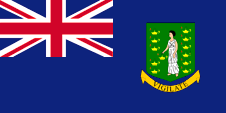
National- and state flag,
ratio = 1:2,
Source, by:
Wikipedia (EN),
Flags of all Nations,
Corel Draw 4





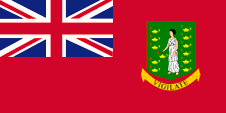
Merchant flag,
ratio = 1:2,
Source, by:
Wikipedia (EN),
Flags of all Nations,
Corel Draw 4



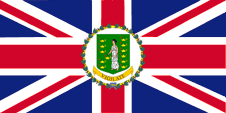
Flag of the Governor,
ratio = 1:2,
Source, by:
Wikipedia (EN),
Flags of the World,
Corel Draw 4





16th cent.,
The islands belong to the Spanish sphere of influence
Source, by:
Wikipedia (EN)



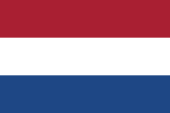
17th cent.,
The Netherlands try to colonize the islands
Source, by: World Statesmen






1713–1801,
Flag of United Kingdom,
ratio = 1:2,
Source, by:
Die Welt der Flaggen






1801–1874,
Flag of United Kingdom,
ratio = 1:2,
Source, by:
World Statesmen






1874–1956,
Leeward Islands,
Flag of the government (state flag),
ratio = 1:2,
Source, by: Wikipedia (EN)



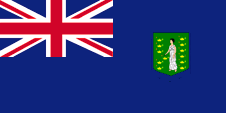
1956–1960,
Flag of the government (state flag),
ratio = 1:2,
Source, by:
World Statesmen




1960–1999,
Flag of the government (state flag),
ratio = 1:2,
Source, by: World Statesmen




Initially the British Virgin Islands belonged to the British Leeward Islands Colony and became in 1960 a self-contained colony. The national flag is a so called "Blue Ensign", a dark blue flag with a flag depiction – the British Union Jack – in the upper left staff quadrant. The Union Jack points out to the connections to United Kingdom. The United Kingdom introduced a flag system in 1864 in which:
• war ships fly the "White Ensign" (naval flag), a white flag often with an uninterrupted red St. George's-Cross and with the Union Jack in the upper staff quadrant of the flag,
• merchant ships fly a "Red Ensign" (also named "Civil Ensign" => civil flag, the real merchant flag), a red flag with the Union Jack in the upper staff quadrant of the flag, and
• governmental ships fly the "Blue Ensign" (flag for the use by the gouvernment => the actual state flag), a blue flag with the Union Jack in the upper staff quadrant of the flag.
Since 1865 ships of colonial governments were permitted to fly the Blue Ensign with a badge in the flying end of the flag. The respective governments were asked to design appropriate badges. Merchant ships and seafaring persons from colonies were only permitted to use the Red Ensign with a badge, then also named Civil Ensign, if permission has been given to the respective colony by the British admiralty. Such a permission was never given to the islands until 2001. Nevertheless, private individuals startet to use illicitly red merchant flags with the badge, instead of the plain red merchant flag (so-called Red Ensign).
Such a badge was often a regional landscape representation placed on a disk, often showing ships, historical events or even a kind of a logo. Very often, a badge also showed the name of the country or a motto. Some British possessions, however, already had a coat of arms from the beginning, or their badge was replaced by a coat of arms over the years. To ensure a uniform appearance in the flying end of the flags, coats of arms and other symbols were displayed on a white disk in the size of the earlier badges. There were also exceptions, because some colonies did not use the white disk and placed their escutcheon or even coat of arms directly on the bunting, sometimes enlarged. Already in the '40s they started to remove the white disk and placed the coat of arms directly or enlarged. This conversion process was done gradually, nowhere at the same time and completely. In some British possessions, flags with the white disc are still in use, in others no more and in some areas are both variants in use, next to each other.
The Leeward Islands became awarded an own badge in the year 1871. It showed a pineapple at a coast with two ships. The British Virgin Islands became awarded an own coaot of arms in the year 1956, which was in use as Badge on an "Blue Ensign". The badge shows a green shield, on which the "Wise Virgin" is pictured holding an oil-lamp in her hand, as well as being surrounded by eleven additional oil-lamps. The Wise Virgin is the Saint Ursula, and the oil lamps stand for her and the other eleven virgins which were murdered by the Huns. On 15th of November in 1960. Was added a golden ribbon with a motto. The motto is "Vigilate", which means "Be watchful!”.
From 1999, the depiction of the coat of arms on the flag was significantly enlarged and the blue flag could also be called and used as the national flag, on land and by private individuals. In 2001, the permission was given to use a red merchant flag (so-called Red Ensign), by private individuals and at sea, with the coat of arms, instead of the simple British red merchant flag.
Source:
Flags of the World,
Flaggen Enzyklopädie,
Die Welt der Flaggen,
Wikipedia (EN)


since 1956,
Coat of arms of the British Virgin Islands,
Source by:
Flags of all Nations,
Corel Draw 4

The coat of arms of the British Virgin Islands became introduced in 1956 and shows a green shield, on which the "Wise Virgin" is pictured holding an oil-lamp in her hand, as well as being surrounded by eleven additional oil-lamps. The Wise Virgin is the Saint Ursula, and the oil lamps stand for her and the other eleven virgins which were murdered by the Huns. On 15th of November in 1960 was added a golden ribbon with a motto. The motto is "Vigilate", which means "Be watchful!”. Beyond the flag is the coat of arms surrounded by a golden wreath.
Source:
Flags of the World,
Flaggen Enzyklopädie

Location:

Source: CIA World Factbook
Map of the country:

Source: CIA World Factbook
Map of the country:
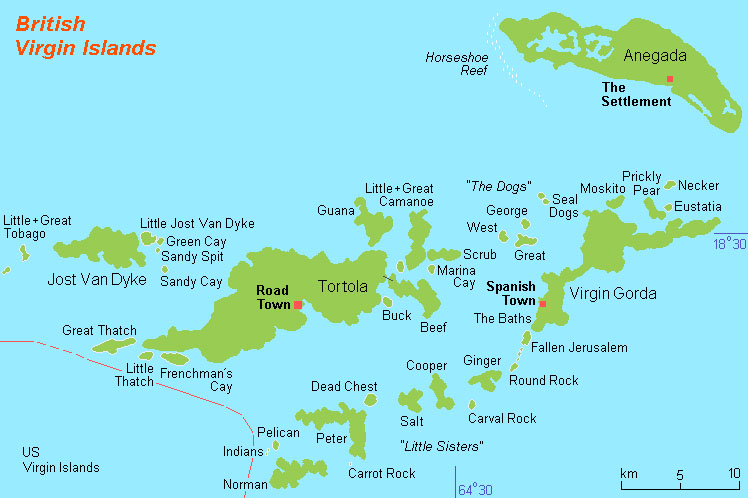
Source: Hobe / Holger Behr, Public domain, via Wikimedia Commons,
tap/click to enlarge

Area: 58 square miles, thereof Tortola 21 square miles, Anegada 15 square miles, Virgin Gorda 8 square miles, Jost van Dyke 3 square miles
Inhabitants: 37.380 (2020), thereof 76% of African descent, 6% Latino, 5% Europeans
Religions: 61% Protestant (of different confessions), 9% Anglican, 9% Roman Catholic
Density of Population: 645 inh./sq.mi.
Capital: Road Town, 9.300 inh. (2010)
official Language: English
Currency: 1 US-Dollar (US$) = 100 Cents
Time Zone: GMT – 4 h
Source: Wikipedia (D),
CIA World Factbook

14th of November in 1493 · the Spanish seafarer Christopher Columbus discovered the islands and takes them for Spain in possession
1625 · Dutchmen establish on Tortola (formerly: Santa Ana) a settlement
1628 · England takes possession of Tortola
1645 · Englishmen establish a settlement on Tortola
5th of February in 1646 · the English settlement on Tortola is destroyed by Spaniards
1648 · the Dutch establish again a settlement on Tortola, Anegada and Virgin Gorda
1665 · English troops occupy Tortola, beginning of English settlement and colonization
1672 · the Dutchmen leave Tortola, Tortola becomes officially an English colony and becomes connected to the Colony of the Leeward Islands
1680 · the English expel the Dutch from Anegada and Virgin Gorda and start the English settlement and colonization
1713 · the British Virgin Islands become a Crown colony
1773 · the British Virgin Islands reach their today's administrative expansion
1816–1833 · the British Virgin Islands are part of the "Colony of St. Christopher, Nevis, Anguilla and the British Virgin Islands"
1833–1960 · the British Virgin Islands are part of the British colony of the Leeward Islands
1st of January 1960 · the British Virgin Islands become an own colony
18th of April in 1967 · United Kingdom grants self-government (autonomy)
Source:
Wikipedia (D),
World Statesmen

The name "Virgin Islands" refers to the Saint Ursula and the eleven other virgins who were once killed by the Huns.
Source: Flaggen Enzyklopädie


![]()






































